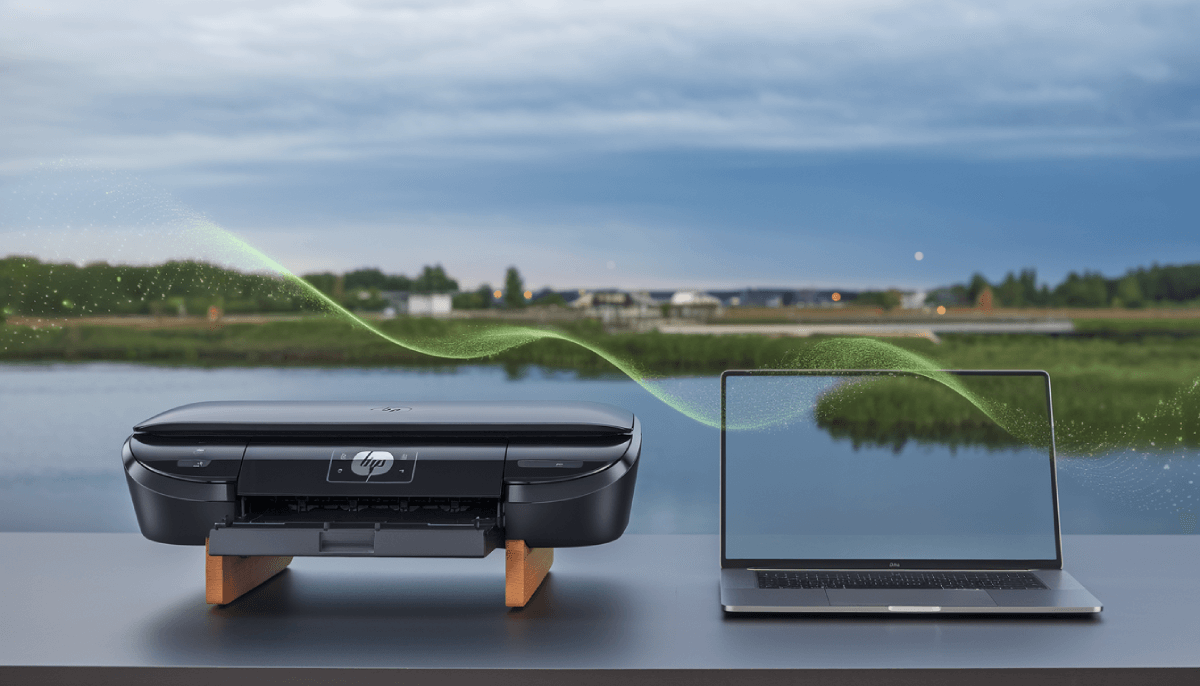Setting up an HP printer correctly is essential for achieving best performance and ensuring a smooth printing experience. Whether you’re someone good with technology or someone who prefers straightforward instructions, having the right guidance and tools can make the process easy and stress-free.
Understanding HP Printer Setup
Getting your HP printer ready to use involves a few basic steps that are simple to follow:
- Unboxing: Start by carefully unboxing your HP printer. Ensure all components, such as power cords and ink cartridges, are present.
- Connecting Cables: Connect the power cable to the printer and plug it into an electrical outlet. For wired printers, connect the USB cable to your computer.
- Powering On: Turn on the printer by pressing the power button. Wait for the printer to start up, which may take a few moments.
Installing the correct HP printer software is crucial for enabling your printer’s full functionality. This software allows your computer to communicate effectively with the printer, ensuring you can print, scan, and manage other features seamlessly.
Installing HP Printer Software
Installing the right HP printer software is essential for ensuring your printer functions smoothly. Here’s a step-by-step guide to help you download and install the software efficiently:
- Visit the HP Support Website: Go to the official HP website and go to the support section to find the software for your specific printer model.
- Select Your Printer Model: Enter your printer model in the search bar to access the correct software.
- Download the Software: Choose the appropriate software version compatible with your operating system and download it.
- Run the Installer: Once downloaded, open the installer file and follow the on-screen instructions to install the software.
- Connect Your Printer: During installation, you may be prompted to connect your printer to your computer using a USB cable or Wi-Fi.
Keeping your HP printer software updated is crucial for optimal performance. Regular updates can fix bugs and introduce new features. If you face any issues during installation, try the following troubleshooting tips:
- Check Internet Connection: Ensure you have a stable internet connection during the download and installation process.
- Disable Firewall Temporarily: Sometimes, firewalls can block the installation process. Temporarily disable it and try again.
- Restart Your Computer: A simple restart can resolve many installation issues.
Common Printer Problems and Solutions
Setting up an HP printer can sometimes lead to a few common issues. Here are some typical problems and how to solve them:
- Connection Problems: Ensure your printer is properly connected to the network. For wireless printers, check that the Wi-Fi signal is strong.
- Printer Not Recognized: Make sure the printer is turned on and connected. Try using a different USB port or cable if the printer isn’t recognized.
- Paper Jams: Carefully remove any jammed paper from the tray and check for any small pieces that might be blocking the rollers.
Environmental Considerations of Printer Usage
When using printers, it’s essential to be mindful of their environmental impact. Printers, especially those used frequently, can contribute to significant ink waste. This not only affects the environment but also increases costs for users.
- Ink Waste: Printer cartridges often contain residual ink that goes unused, contributing to waste. Learn more about the environmental impact of printer cartridges by visiting Energy Central.
- Recycling Cartridges: To reduce waste, consider recycling your used printer cartridges. Many manufacturers and retailers offer recycling programs that make this process easy and effective.
- Eco-Friendly Printing Practices: Utilize printer settings that reduce ink usage, such as draft mode for non-essential documents.
By adopting these practices, users can reduce their environmental footprint while also saving money.
Installing Other Printer Brands
While HP printers are a popular choice, many users also choose Canon Pixma printers. If you’re looking to install a Canon Pixma printer, the setup process is quite similar to HP.
- Unboxing and Setup: Start by unboxing the printer, connecting necessary cables, and powering it on.
- Canon Printer Download: Visit the official Canon website to download the appropriate software for your printer model. This step is important for ensuring your printer functions correctly.
- Software Installation: Follow the on-screen instructions to install the software. This typically involves running a setup file and connecting your printer to your computer.
- Comparison: While the basic steps are similar, each brand may have unique software interfaces and features, so it’s important to follow the specific instructions provided for your Canon printer model.
By understanding the setup processes for different brands, you can ensure that your devices are ready to deliver the best performance. Whether you choose HP or Canon, having the right guidance and tools is key to a successful printer setup.
Summary and Next Steps
Setting up your HP printer correctly is essential for optimal performance. Throughout this guide, we’ve covered the fundamental steps of HP printer setup, including the importance of installing the correct HP printer software. We’ve also explored common issues and their solutions, as well as environmental considerations of printer usage.
To make managing your printer and other devices even easier, consider using GetMyDrivers. Our service simplifies driver updates and ensures your system is always running smoothly. Visit GetMyDrivers to explore how our solutions can enhance your printer’s functionality and keep your system protected.
